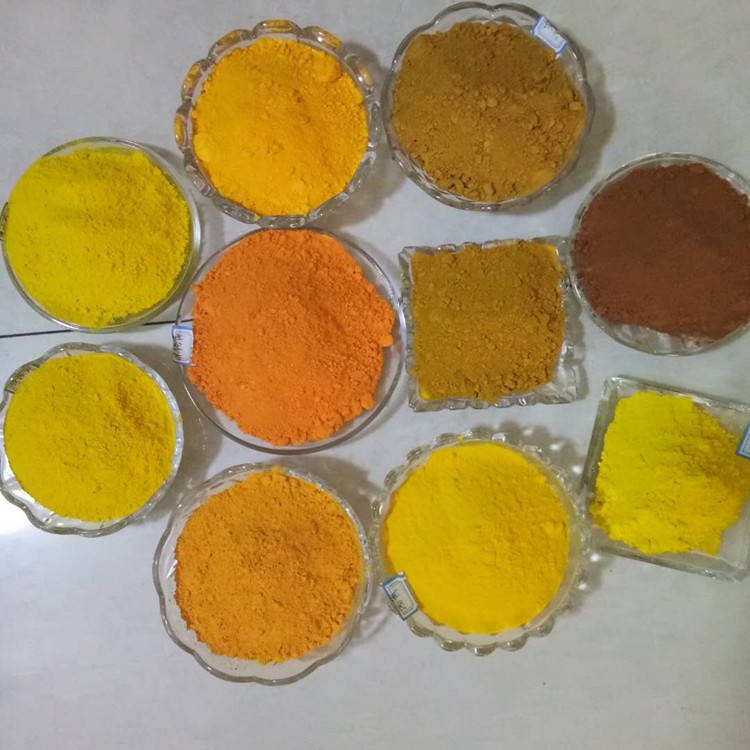
Nov . 06, 2024 06:25 Back to list
Safety Guidelines for Titanium Dioxide Manufacturers and Handling Best Practices
Understanding TiO2 Safety Standards in Manufacturing
Titanium Dioxide (TiO2) is a widely used compound in various industries, including pigments, coatings, plastics, and even cosmetics. Its properties—such as high refractive index, excellent UV resistance, and non-toxic nature—make it a preferred choice in many applications. However, despite its numerous benefits, there are safety considerations associated with its manufacturing, handling, and use. This article delves into TiO2 safety concerns, practices adopted by manufacturers, and regulatory standards to ensure workplace and environmental safety.
The Importance of TiO2 in Industry
TiO2 is primarily known for its effectiveness as a white pigment, providing brightness and opacity in products ranging from paints to food. The compound also has applications in sunscreens, where it acts as a physical blocker against UV radiation. However, its significance extends beyond aesthetic applications; TiO2 is also involved in photocatalysis, aiding in environmental applications, such as water purification and air cleaning.
Safety Concerns in TiO2 Manufacturing
While TiO2 is generally considered safe for consumers, concerns arise during its production and handling processes. Inhalation of TiO2 dust has been a significant focus of health studies. The International Agency for Research on Cancer (IARC) classified TiO2 as possibly carcinogenic to humans (Group 2B), primarily based on studies conducted on rats exposed to high concentrations of the substance. Consequently, manufacturers must implement stringent safety measures to mitigate these risks.
Best Practices for TiO2 Manufacturers
To ensure the safety of workers and the environment, TiO2 manufacturers adopt several best practices
1. Enhanced Ventilation Factories should utilize effective ventilation systems to limit dust accumulation in the workplace. This can include local exhaust ventilation systems designed to capture airborne particles at the source.
tio2 safety manufacturer

2. Personal Protective Equipment (PPE) Employers must provide adequate PPE to workers handling TiO2, including respirators, gloves, and protective clothing. Regular training on the correct use of this equipment is essential.
3. Regular Monitoring Continuous monitoring of air quality and TiO2 levels in the manufacturing environment helps to identify potential overexposure risks early, allowing for immediate intervention.
4. Proper Waste Management Safe disposal methods for TiO2 waste are crucial. Manufacturers must adhere to environmental regulations governing hazardous waste to prevent environmental contamination.
5. Health Surveillance Implementing health surveillance programs for workers exposed to TiO2 can aid in early detection of any adverse health effects, ensuring timely medical attention and intervention.
Regulatory Framework
In many countries, TiO2 production and usage are governed by regulatory bodies that establish safety thresholds and guidelines. For example, the U.S. Occupational Safety and Health Administration (OSHA) has set permissible exposure limits (PELs) for TiO2 dust. The Environmental Protection Agency (EPA) also monitors the environmental impacts associated with TiO2 manufacturing under various regulations.
Conclusion
While TiO2 is a versatile and widely utilized compound, its manufacturing requires careful consideration of health and safety practices. By adhering to established safety protocols and regulatory standards, manufacturers can protect their workers, consumers, and the environment. As research progresses, it is imperative that industry stakeholders remain vigilant and proactive in addressing potential safety concerns associated with TiO2. By prioritizing safety, the industry can continue to harness the benefits of this valuable compound while minimizing risks.
-
Premium 6618 Titanium Dioxide for GPT-4 Turbo Applications
NewsJul.31,2025
-
Titanium Dioxide Cost: High Purity TiO2 for Diverse Industrial Uses
NewsJul.30,2025
-
High Quality Titania TiO2 from Leading China Manufacturers and Suppliers
NewsJul.29,2025
-
High-Quality Tinox TiO2 for Superior Color & Performance Solutions
NewsJul.29,2025
-
High Quality Titania TiO2 from Leading China Supplier & Manufacturer
NewsJul.29,2025
-
High-Performance r6618 TiO2 for Superior Whitening and Versatility
NewsJul.28,2025
